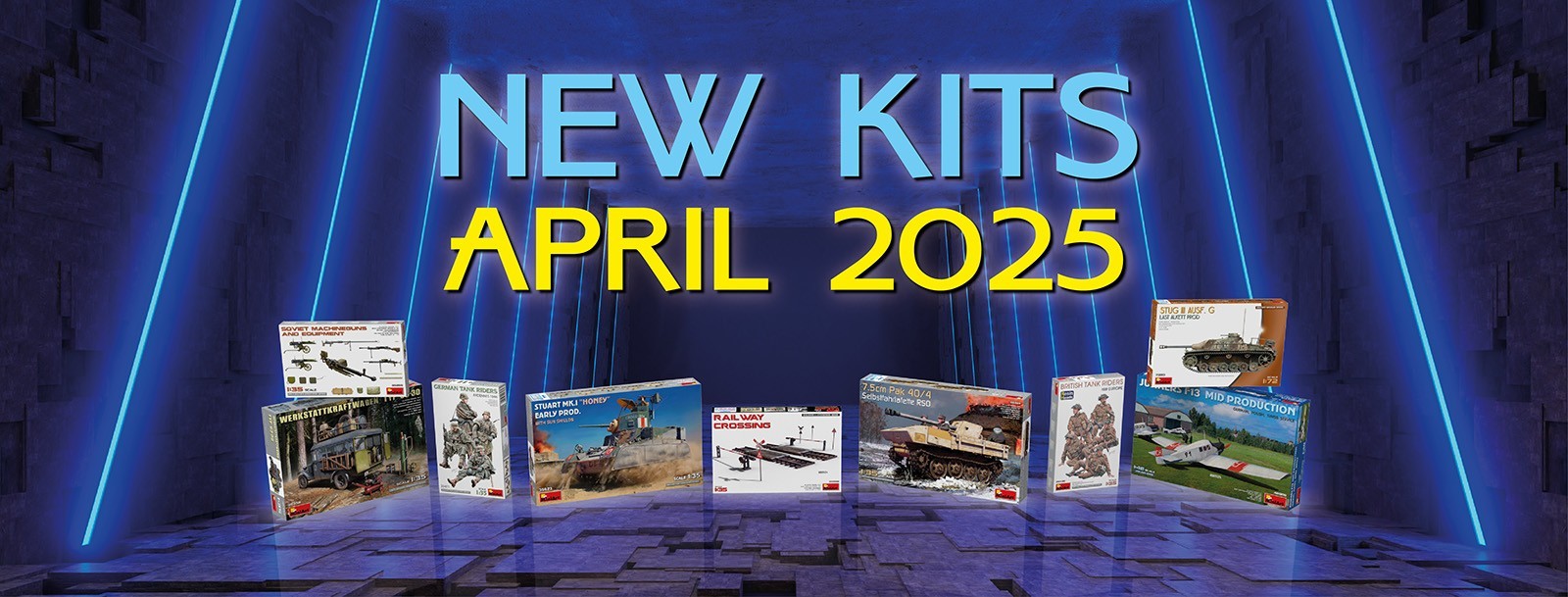Intro
The Panzerkampfwagen II (Sd.Kfz. 121) was a German light tank developed before the outbreak of WWII, and its first variants were the a1, a2 and a3. Only 75 vehicles were built, unfortunately none of them has been preserved. It should not be confused with the later Ausf. A
The crew was of three, it was armed with a 2cm KwK 30 and one MG34 and all had radios. They saw action in the invasion of Poland in 1939.

First Look
IBG kit represents the Ausf. a2 variant, featuring a large round vent on the rear left side of engine deck and the long beam linking the road wheels typical of the a/b versions. Seems that initially these tanks were equipped with Pz.Kpfw. I tracks, which were later on replaced with the wider Kgs. 67 300/90. IBG has chosen these late tracks for their Ausf. a2, with the corresponding return rollers and road wheels, which is appropriate for a Polish Campaign vehicle.
The kit comes in 21 sprues -although more than a half of them are quite small. The part count is reasonable for the size of the model, and there are no tiny, hard to handle, parts.
The plastic detail is very good, crisp even for the smallest components like grid, small rivets or hollow MG barrel. There are some mould seams, nothing out of the ordinary, and a little flash on some parts. Plastic is slightly soft but easy to work with.
There are also two photoetch frets and transparent parts for the periscopes and lights.
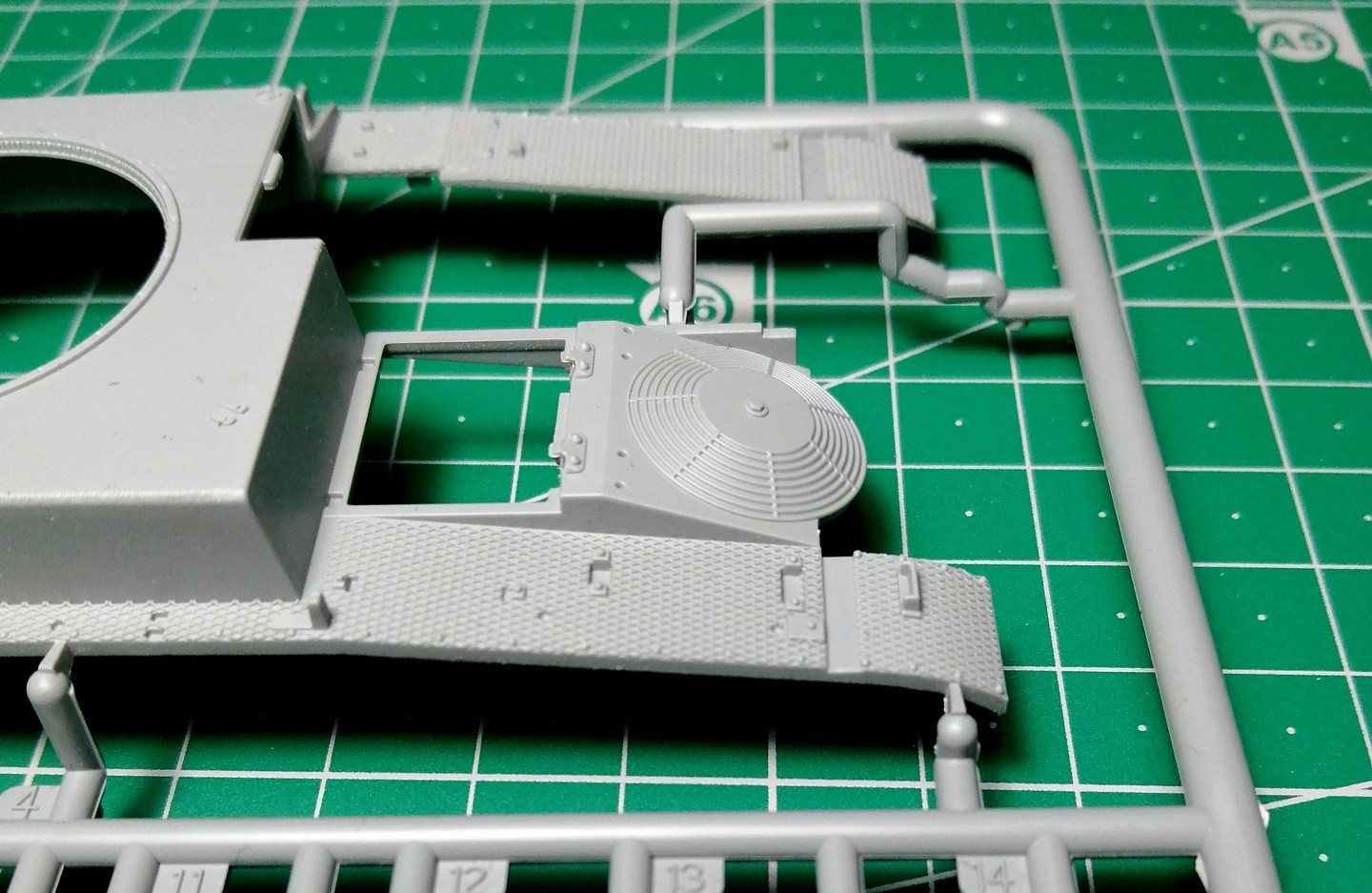

The tracks are of the clickable plastic type, without pins. They come in rows with three attachment points per link. There are enough to allow for some mistakes during assembly, or to use as spare on the tank.

Building the kit
Assembly following the instructions is easy and straightforward. There are a couple of options like using the rear reinforcing cones or front Notek light. The hull fits fine and the photoetch parts supplied are enough to provide extra detail but without being excessive. These PE parts are thin, have the usual folding grooves and integrate smoothly with the plastic.
The beam linking the road wheels is on a different photo etch fret, made of steel. It is slightly thicker and more rigid but could be folded without issues.
The mudguards have a nice and delicate pattern and all their parts, plastic and photo etch, fit correctly.
Armoured plates around the superstructure do not fit so well, and they required some putty to fill small gaps. Specially part P18 seemed too thick and caused some troubles. At least in my case, it would be better to sand its back until sits correctly against the grids. These grids are slightly asymmetric, correctly reproducing the real ones.
Note that on these photos, the upper and lower halves of the turret are not glued, hence the gap shown.


The front headlight stands are very thin sticks, prone to break. They should be left until the end to avoid damage. On the other hand, the crow bar looks way too thick and oversized.
The jack, of an early type, is made of several parts with a nice detail and could be shown extended. Also noteworthy is the antenna, thin and perfectly usable.
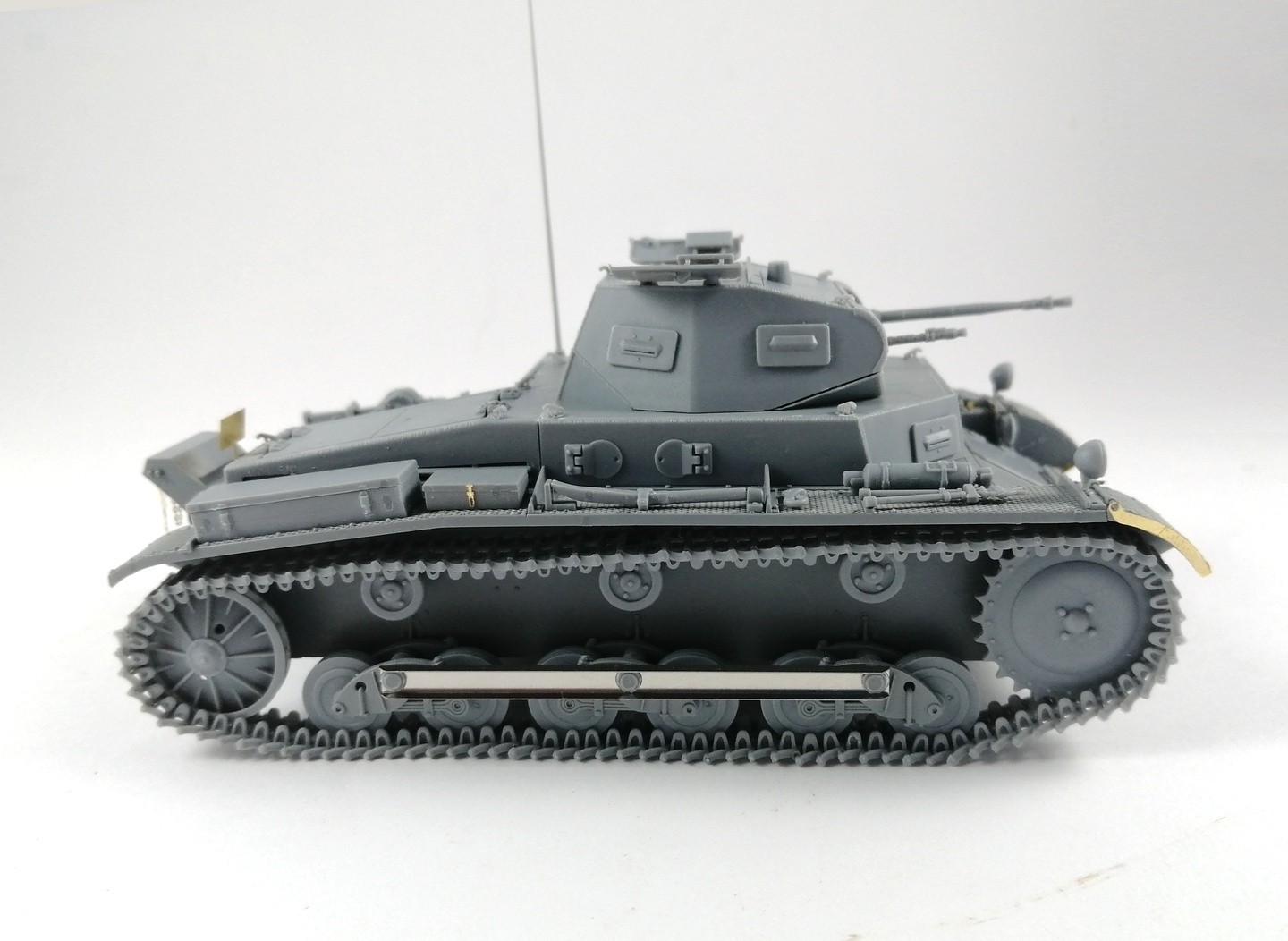

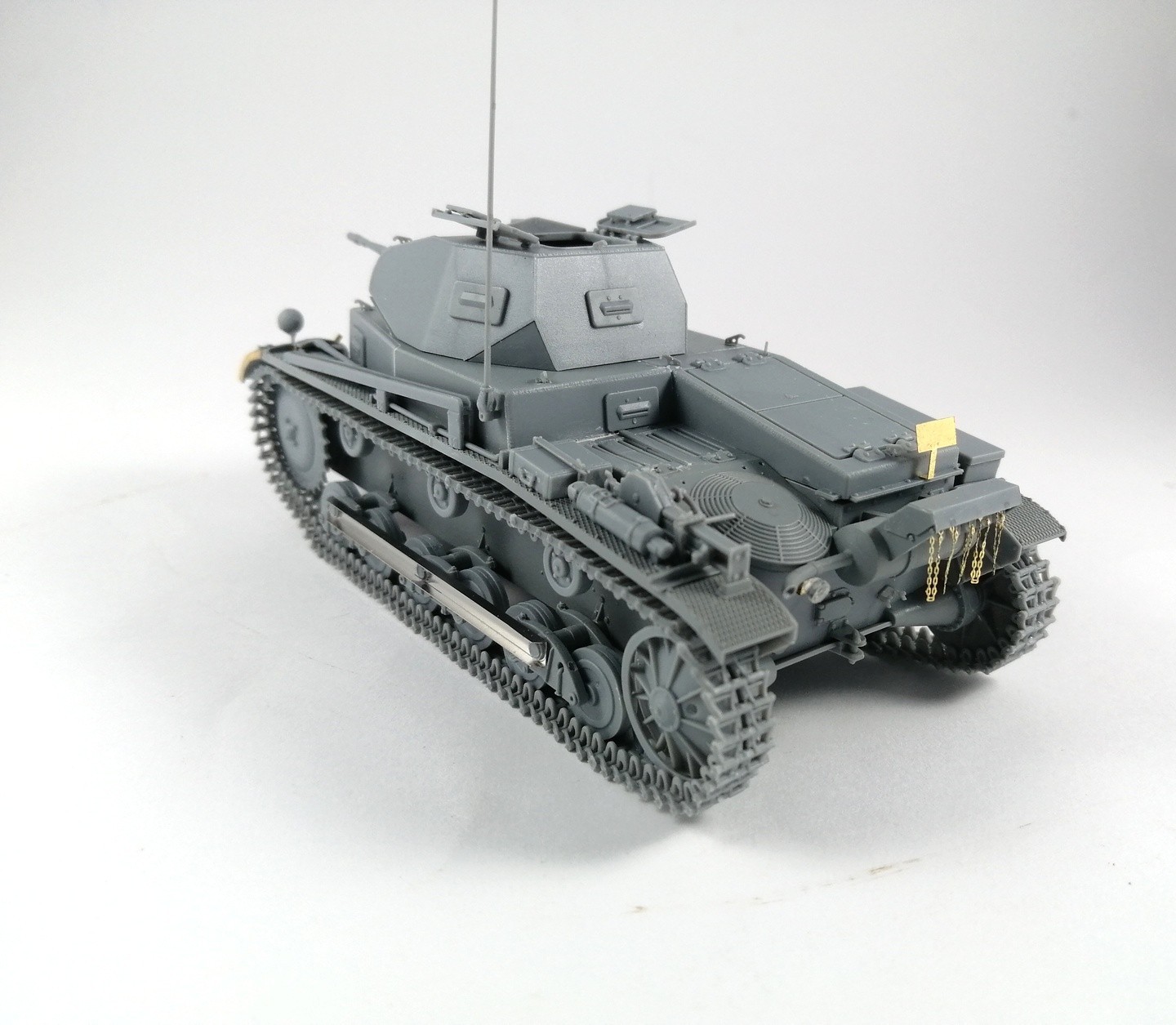
The turret has a basic interior, with the inner periscopes (which are of different types), commander's seat, complete 2cm gun and MG, and the sight. The barrels should be installed at the same time to set them perfectly aligned, parallel. The hatch has the inner details to leave it open.
Again the fit of the front and sides of the turret takes some work and putty.
The premium Limited Edition comes with metal barrels, which arrived late for my building so they are not shown on the kit. The MG34 has a resin sleeve with a separate brass barrel sliding inside and brass muzzle. The detail is absolutely amazing given its size. The KwK 30 barrel is made of turned aluminium and has a resin muzzle. Although the plastic parts provided with the basic kit are very good, these ones are a step beyond.

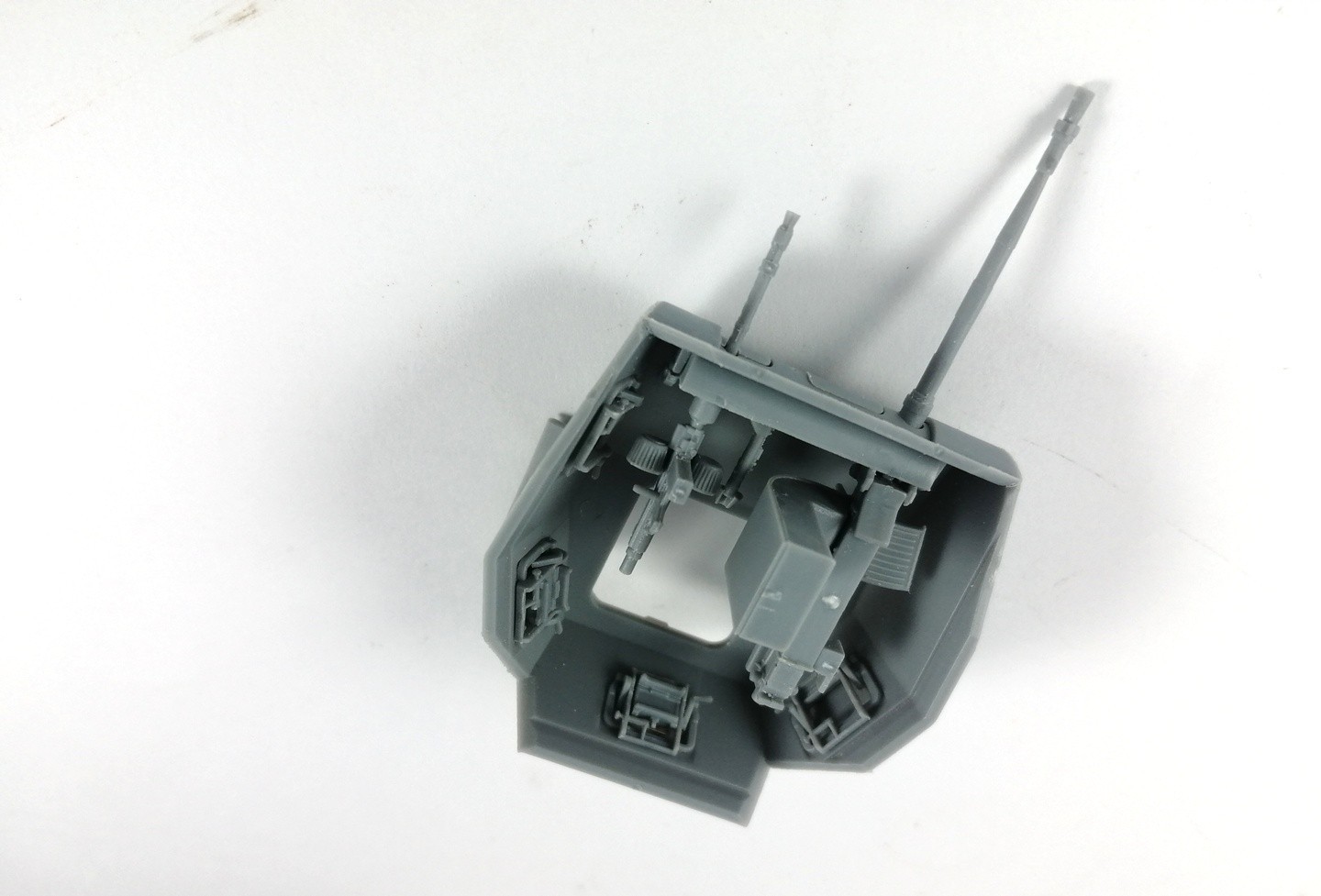
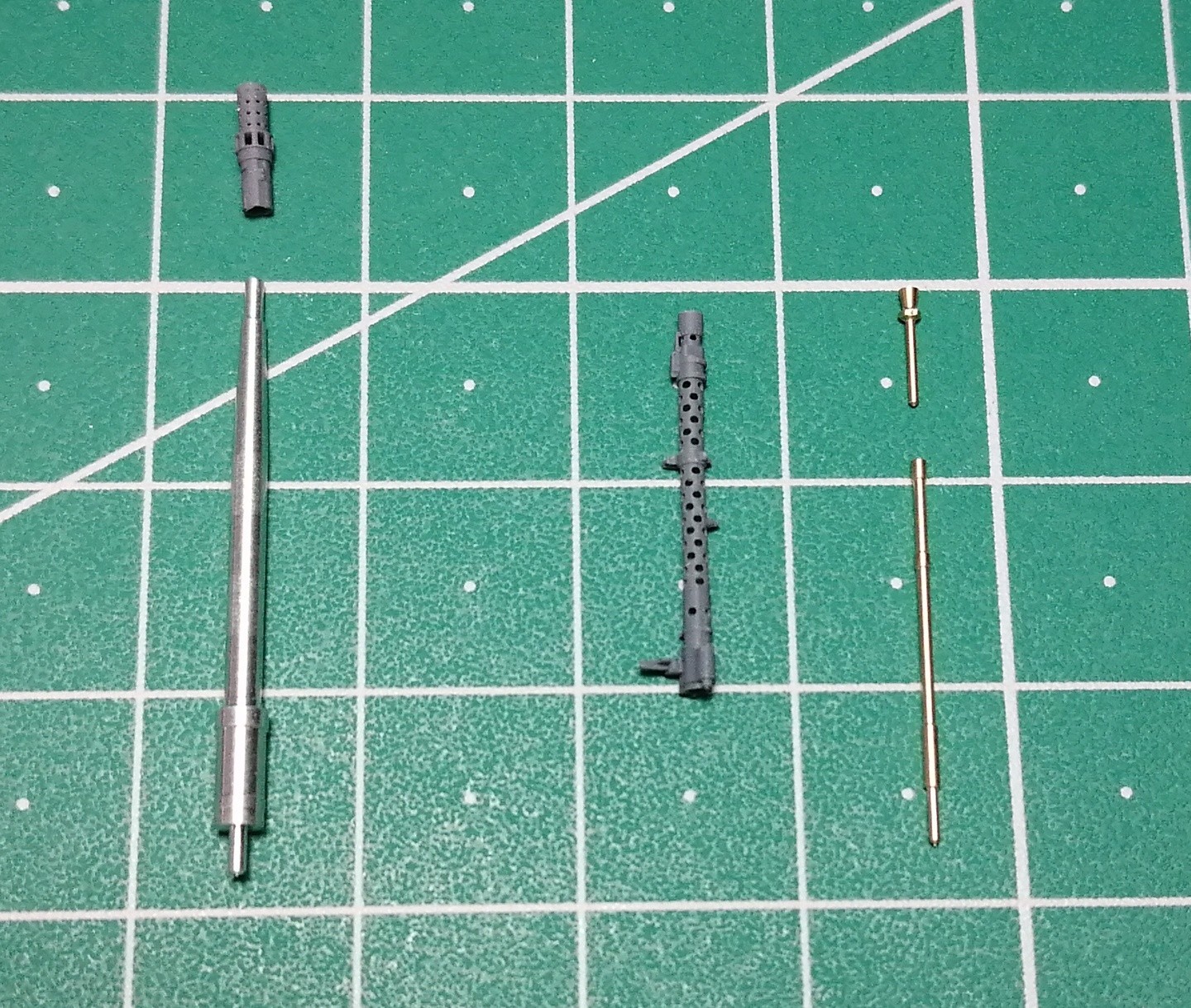
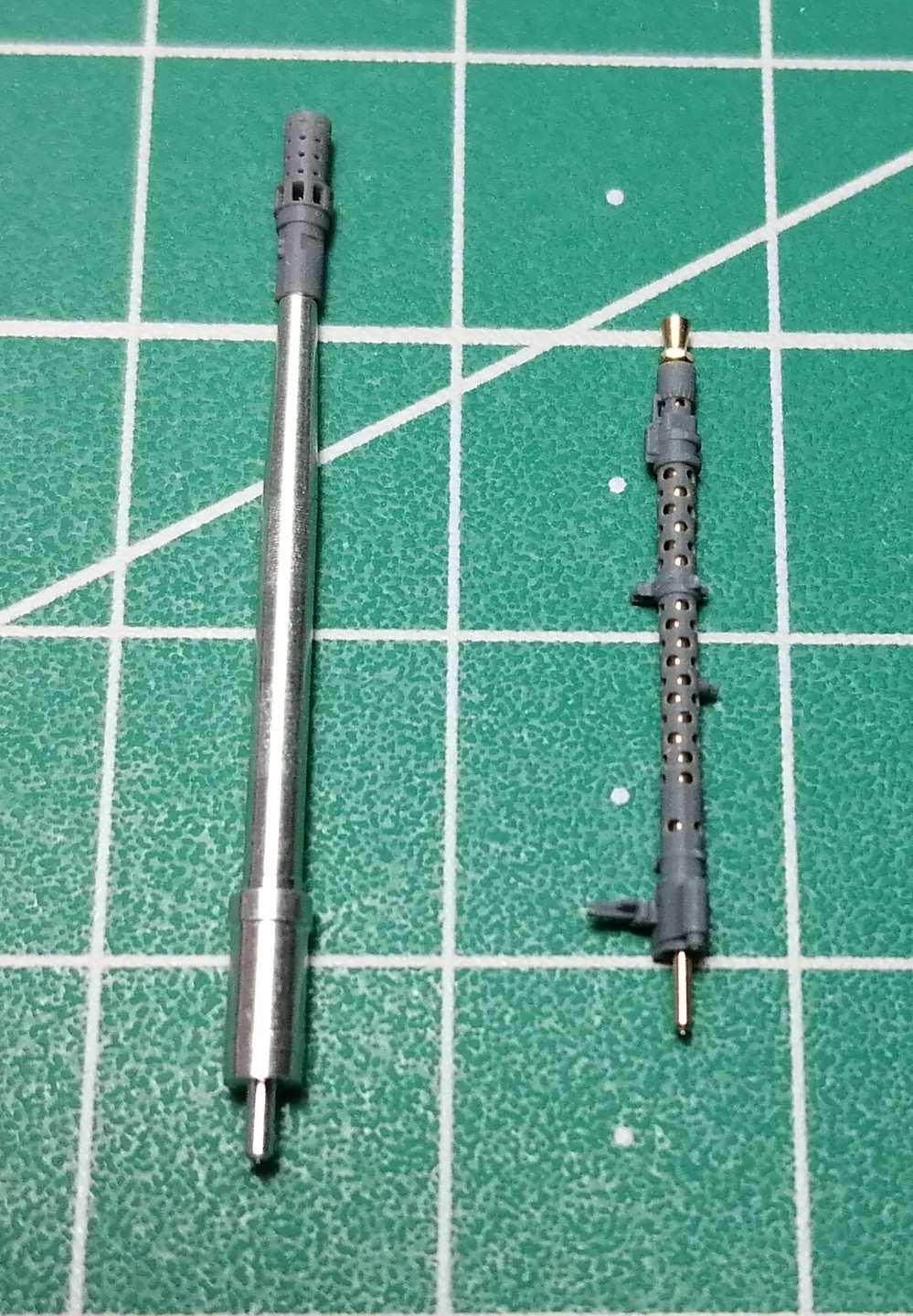
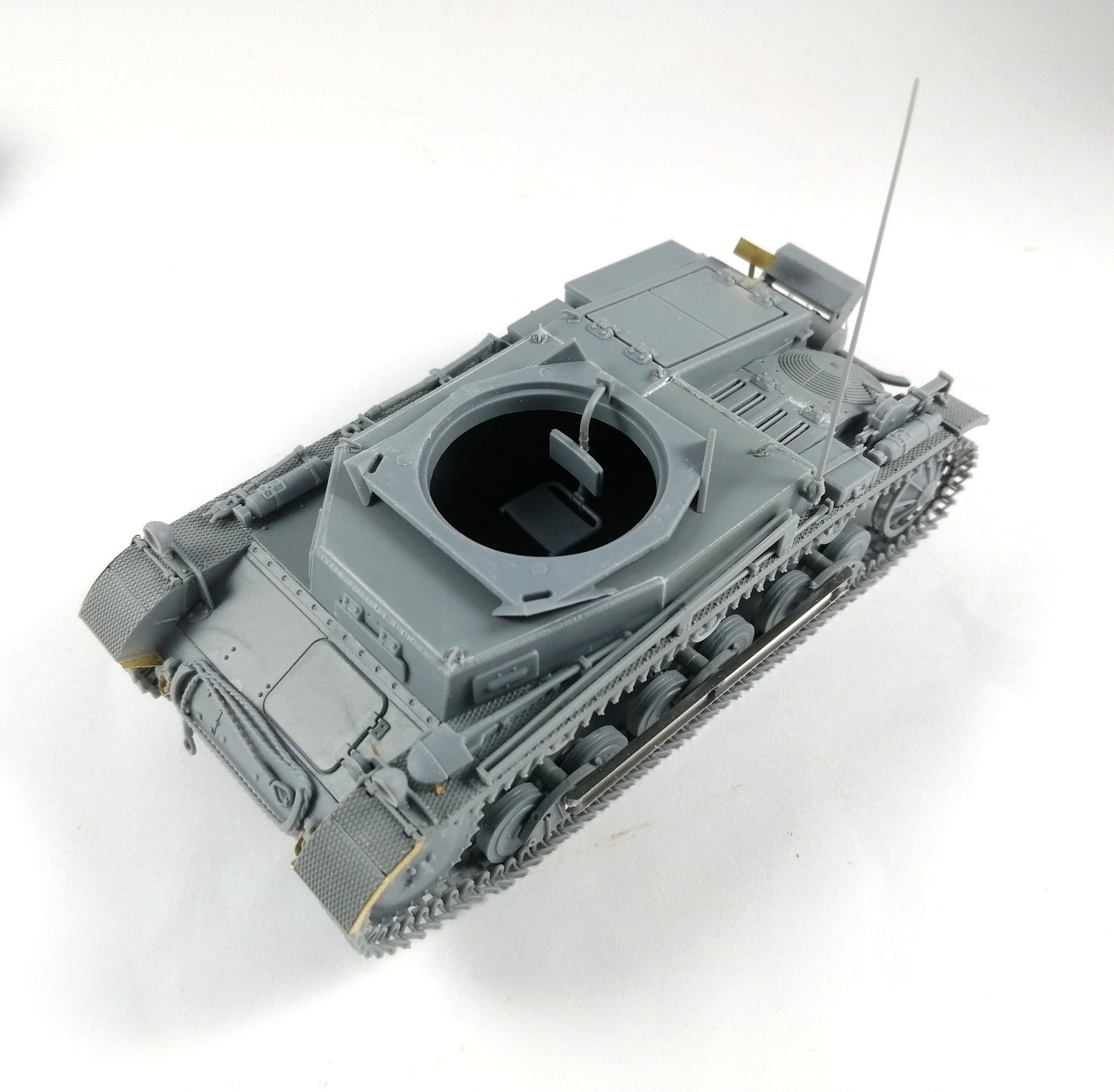
The tracks are clickable, detail is good but one of the sides has some flash on the teeth. With some planning, it should be possible to put all the flash facing the inside, in my case I did not notice it until the track was assembled.
It is easy to click all links together to form the track, put some slow setting glue and after a few minutes, put the track in place with the desired sag around the rollers.
Personally I prefer tight tracks so I used 105 links per side instead of the 107 recommended.
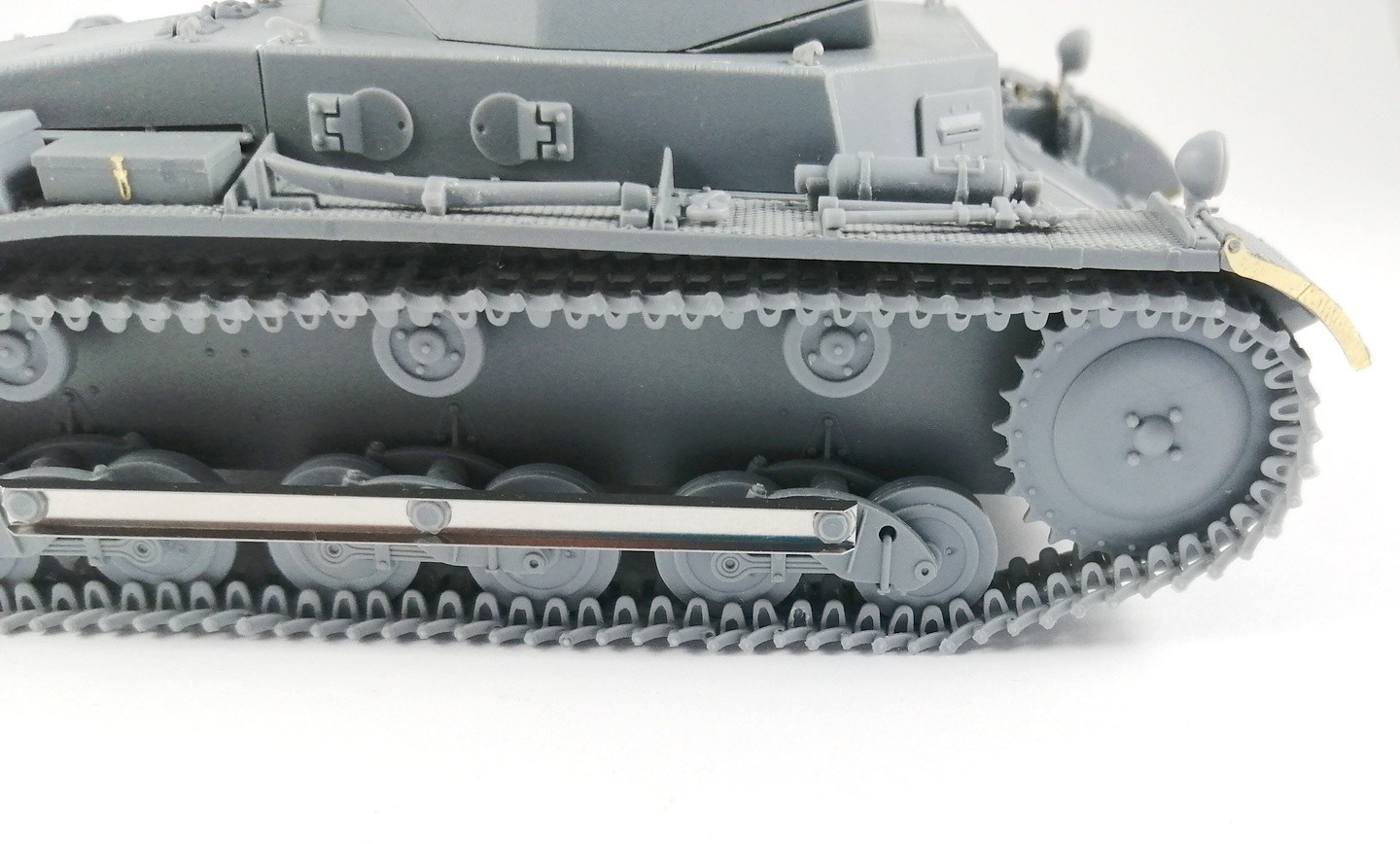
Decals
Decals are printed by Techmod and at least on hand look excellent, with crisp colors, no misalignments and almost no clear border. There are decals for the fire extinguishers labels.
Three decorations are included, all from the Polish campaign. For one of them, it is possible to use either yellow or white crosses and numbers.

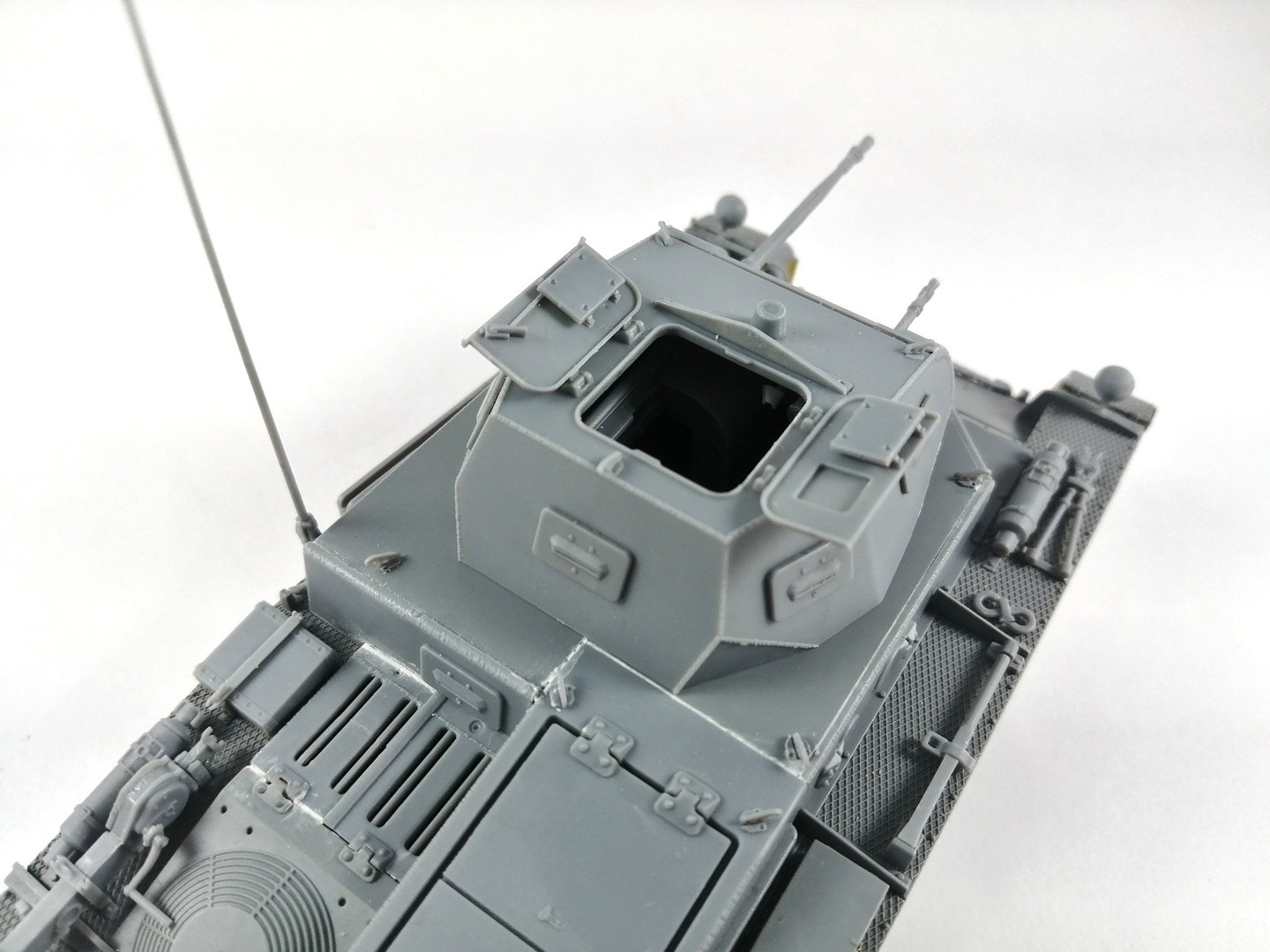
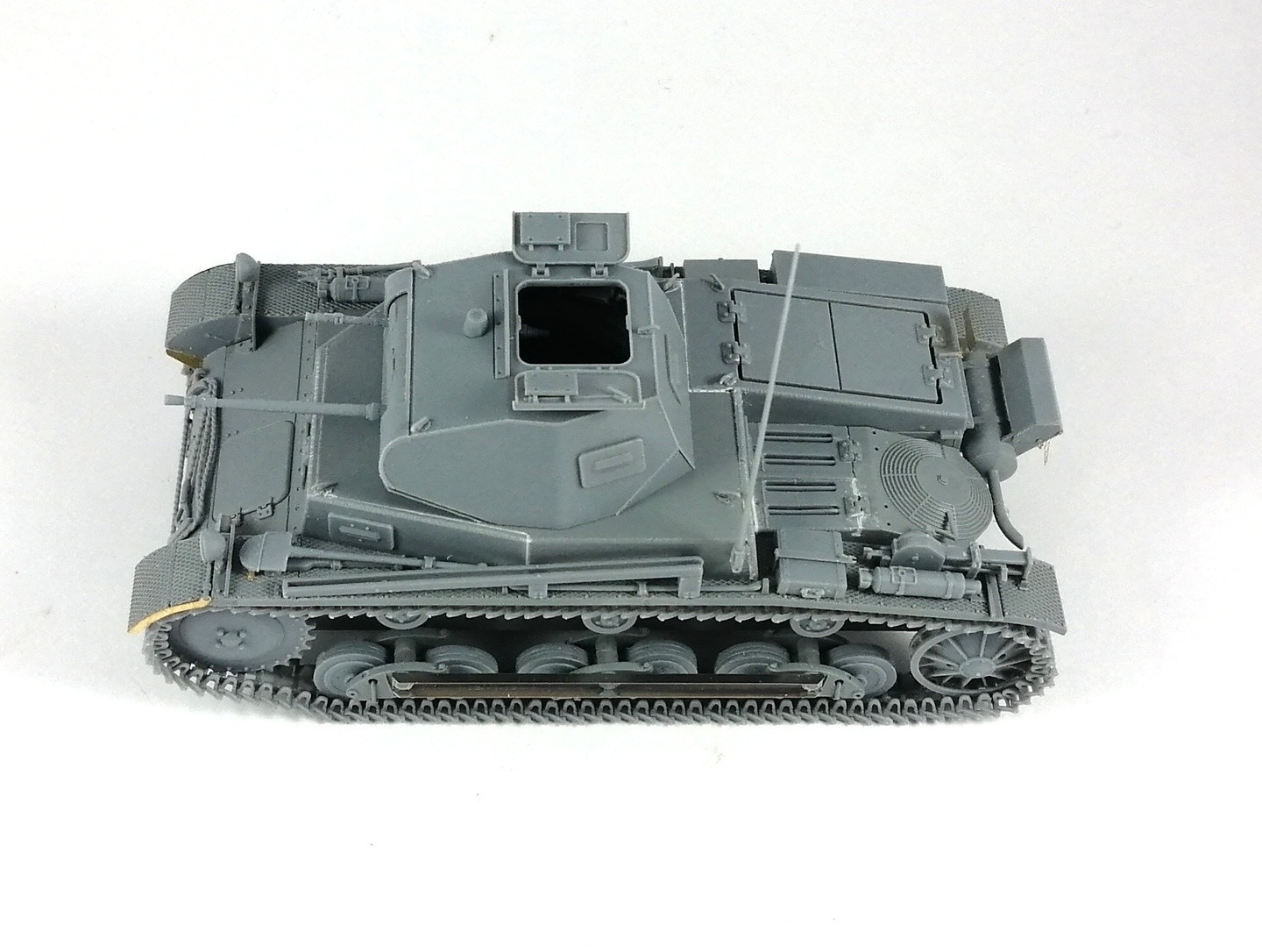
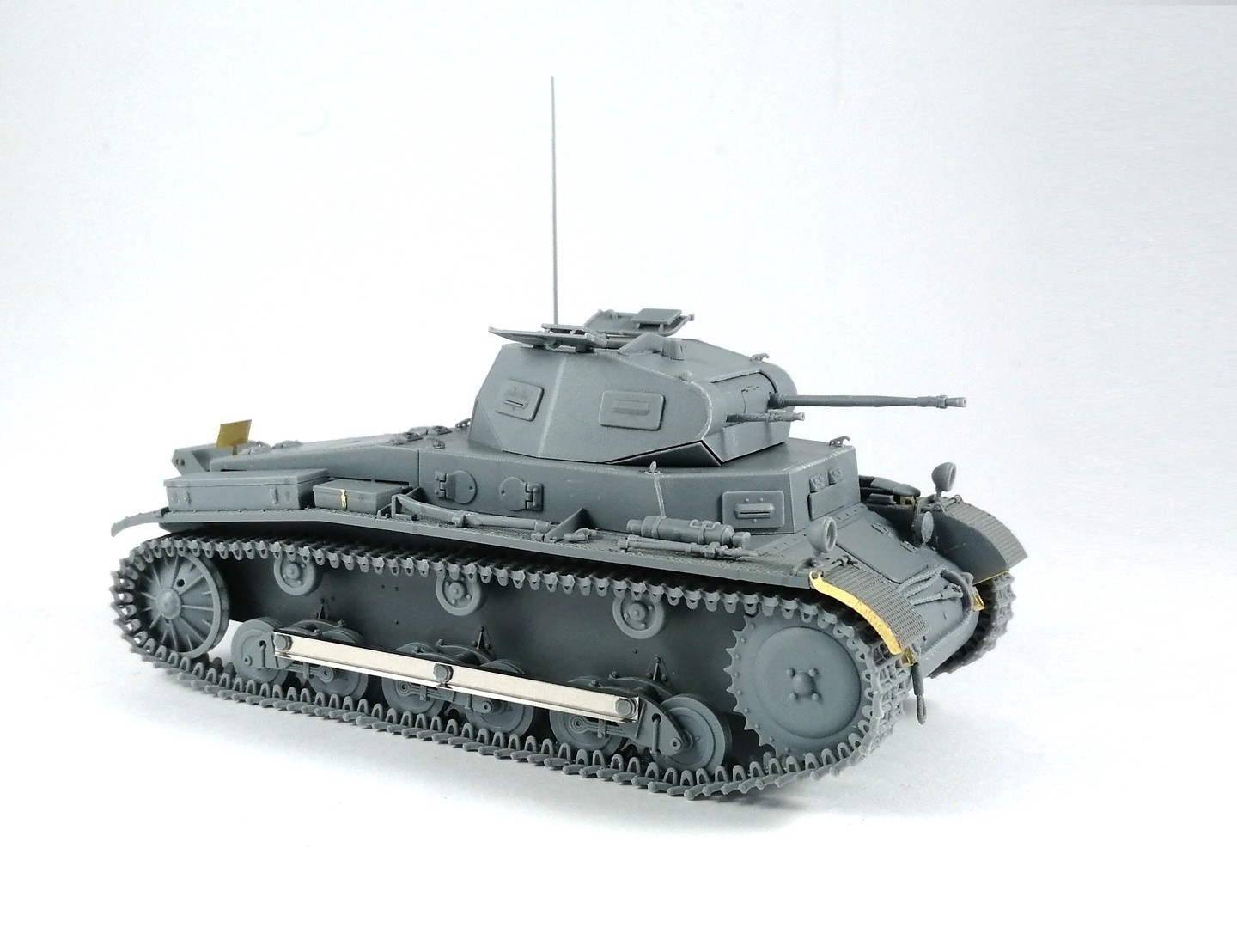


Conclusion
A nice kit of a less common vehicle that took part in the invasion of Poland. Despite some minor fit problems and flash in one side of the track links, it has everything needed for a good looking model, from photoetch to individual track links. The detail of the plastic is excellent and building has no major issues. The Limited Edition has also a set of MiniArt early war Panzer crew and outstanding barrel replacements for both the MG34 and KwK 30.


























